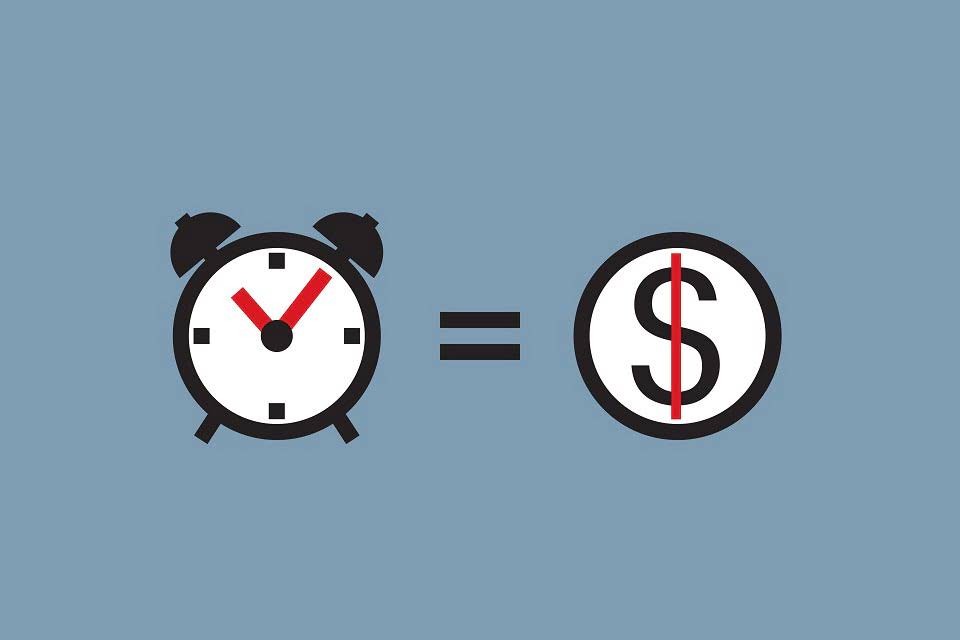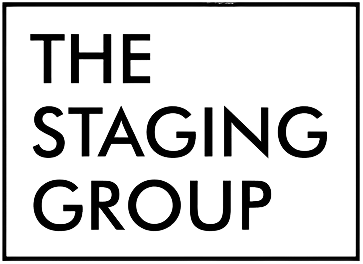
Inventories are predominantly sold on credit which means the company must wait a certain number of days till it receives cash from customers. The time it takes in collecting receivables on average is called the days sales outstanding. Implementing these inventory management, accounts receivable, and accounts payable strategies can lead to a more efficient operating cycle, improve cash flow, and enhance overall financial performance for your business. At the end of a fiscal year, after financial statements have been prepared, the revenue, expense, and dividend account balances must be zeroed so that they can begin to accumulate amounts belonging to the new fiscal year. Closing entries transfer each revenue and expense account balance, as well as any balance in the Dividend account, into retained earnings.
SaaS Financial Model Template
It refers to the time it takes for a company to acquire inventory, convert it into finished goods, sell the goods, and receive payment from customers. Understanding the operating cycle is crucial for businesses as it impacts their liquidity, profitability, and overall financial health. Lastly, the accounts payable payment period reflects the average number of days it takes for a company to pay its suppliers. By extending the accounts payable payment period without negatively impacting supplier relationships, businesses can effectively manage their cash outflows and improve their operating cycle.

Understanding the Operating Cycle

Again, the amount closed from the income summary to retained earnings must always equal the net income/loss as reported on the income statement. The expense accounts are closed in one compound closing journal entry to the Income Summary account. Their balances are transferred to the Income Summary account as an offsetting debit. Subtracting the accumulated depreciation account balance from the Plant operating cycle formula and Equipment asset account balance equals the carrying amount or net book value of the plant and equipment asset that is reported on the balance sheet. For example, an efficient sales force can increase the company’s market share and reduce the time it takes to acquire new customers. This, in turn, helps you determine how much time and resources need to be allocated to collecting bad debt.

Financial Modeling Solutions
This results in transferring the balance in dividends, a temporary account, to retained earnings, a permanent account. On January 15, Big Dog received a $400 cash payment in advance of services being performed. The preceding entry reduces the unearned revenue account by the amount of revenue earned. Revenue is recognized in the first entry (the credit to revenue), prior to the receipt of cash.
How does operating cycle relate to a company’s financial health?
The inventory conversion period refers to the time it takes for a business to convert raw materials into finished goods. This period includes activities such as procurement, production, and quality control. By reducing the inventory conversion period, businesses can minimize holding costs and improve cash flow. The adjusted trial balance is prepared using the account balances in the general ledger after adjusting entries have been posted. The truck and equipment purchased by Big Dog Carworks Corp. in January are examples of plant and equipment assets that provide economic benefits for more than one accounting period. Because plant and equipment assets are useful for more than one accounting period, their cost must be spread over the time they are used.

An adjusted trial balance reports account balances after adjusting entries have been recorded and posted. If depreciation adjustments are not recorded, assets on the balance sheet would be overstated. Additionally, expenses would be understated on the income statement causing net income to be overstated. If net income is overstated, retained earnings on the balance sheet would also be overstated. In retail, it may be days because of quick inventory turnover, whereas in manufacturing, it can extend to 90 days or more due to production time.

Why You Can Trust Finance Strategists
How to Improve the Operating Cycle?
- Understanding and managing your operating cycle is fundamental to your business’s financial health.
- LO2 – Explain the use of and prepare the adjusting entries required for prepaid expenses, depreciation, unearned revenues, accrued revenues, and accrued expenses.
- Any negative effects from your operating cycle on other aspects of your business may reflect badly on your business’s future profitability.
- Therefore, while the operating cycle focuses solely on the time to turn inventory into cash, the cash cycle provides a fuller picture by factoring in how long the company can delay payments to suppliers.
- Accounts receivable management is a critical aspect of your operating cycle, focusing on ensuring that your customers pay you promptly for the goods or services you’ve provided.


